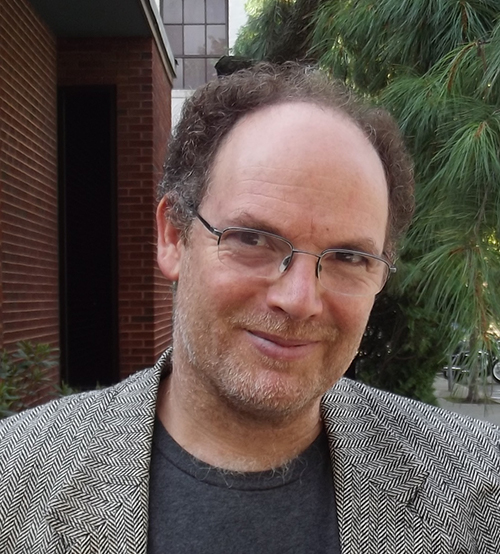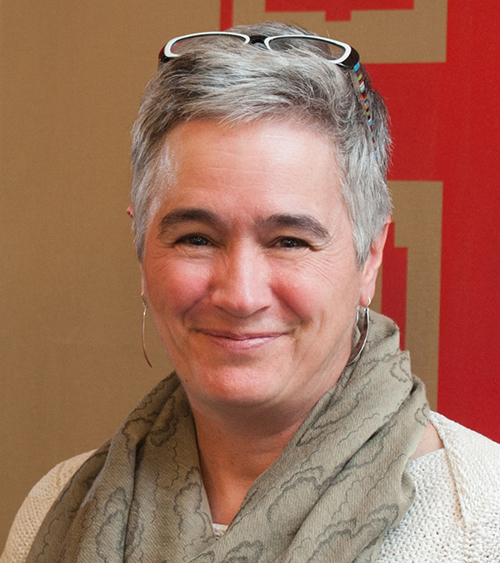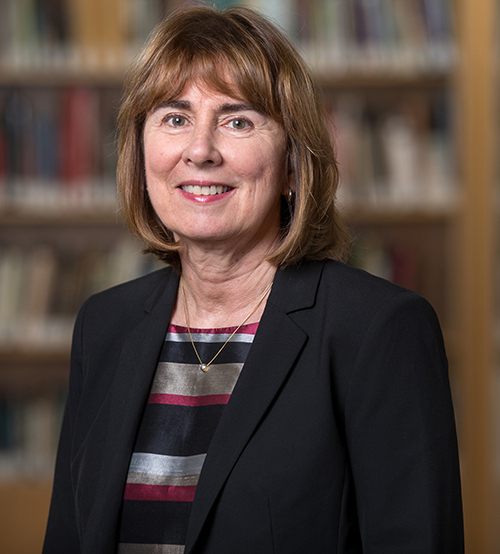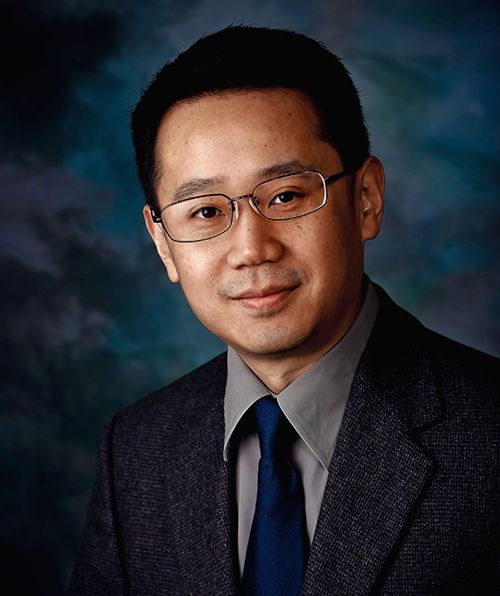PROVIDENCE, R.I. [Brown University] — Five members of the Brown University faculty have been elected fellows of the American Association for the Advancement of Science, the world’s largest general scientific society. Election as a fellow is an honor bestowed upon AAAS members by their peers, who nominate fellows for election by the AAAS Council, the association’s policymaking body.
The new class of AAAS fellows includes 564 scientists, engineers and innovators spanning 24 scientific disciplines who are being recognized for their scientifically and socially distinguished achievements. The new class will be featured in the AAAS News & Notes section of the journal Science in January 2022, and an in-person celebration of the new AAAS fellows will be scheduled as soon as it is feasible.
Dan Abramovich, professor of mathematics

Dan Abramovich studies algebraic geometry, a branch of mathematics devoted to geometric shapes defined by polynomial equations. While algebraic geometry makes contributions to fields like computer science, robotics and industrial processes, Abramovich's research is more closely related to applications in theoretical physics, where physicists consider algebraic varieties as components of the fine structure of the universe. Abramovich is lauded for his work on singularities — points at which functions and equations “blow up,” producing infinities or ill-defined quantities. A method that Abramovich developed for resolving singularities earned him an invitation to speak at the most recent International Congress of Mathematicians, the largest and most prestigious mathematics conference in the world. His work has earned prestigious fellowships from the Simons Foundation and the Alfred P. Sloan Foundation. He is also a fellow of the American Mathematical Society.
The AAAS recognized Abramovich "for distinguished contributions to arithmetic and algebraic geometry, and for exemplary graduate student mentorship."
Walter Atwood, professor of medical science and neurology, vice chair of molecular biology, cell biology and biochemistry
.jpg)
Walter Atwood studies polyomaviruses, especially JCPyV and BKPyV, which infect more than 70% of the human population worldwide. His laboratory was the first to formally demonstrate that JCPyV requires sialic acid and serotonin receptors on cells to establish infection, and his work on virus entry led to the discovery that a small molecule known as Retro-2 could inhibit infection of cells by JCPyV. His most recent work is focused on an alternative mechanism of viral infection that involves extracellular vesicles, which can evade detection by the immune system. Atwood has a patent on a compound and its derivatives for the treatment and prevention of infections. He is an elected fellow of the American Academy of Microbiology.
The AAAS recognized Atwood "for distinguished contributions to molecular virology, particularly for making seminal discoveries regarding the processes by which polyomaviruses infect cells and cause human disease."
Anne Church Hart, professor and chair of neuroscience

Anne Church Hart is a neuroscientist who uses genetic and molecular approaches to understand the mechanisms underlying neurodegenerative disease and nervous system function. In the late 1990s, her research group was the first to create useful, explicit models of human neurodegenerative disease, especially Huntington’s disease, using the tiny invertebrate nematodes known as C. elegans. Those models, as well as later work, helped found a community of researchers using C. elegans models to study human disease mechanisms. Hart's published work has helped delineate pathways and mechanisms relevant to neurodegenerative diseases, including Huntington's, spinal muscular atrophy, amyotrophic lateral sclerosis and frontal temporal dementia. Hart’s research also includes using C. elegans to help define genetic and molecular mechanisms regulating sleep and fatigue. In addition to her roles at Brown, Hart is the speaker for the MBL Society at the Marine Biological Laboratory.
The AAAS recognized Church Hart "for distinguished contributions using C. elegans to delineate molecular mechanisms underlying sleep and neurodegenerative disease pathology, including Huntington's disease, Spinal Muscular Atrophy, Amyotrophic Lateral Sclerosis and Frontal Temporal Dementia."
Jill Pipher, professor of mathematics, vice president for research

Jill Pipher's primary research interests are in areas of mathematics that have broad applications in the physical and life sciences, including harmonic analysis and partial differential equations. Her joint work in cryptography, with Brown professors Jeffrey Hoffstein and Joseph Silverman, led to the development of a patented public key encryption system and a startup company called NTRU Cryptosystems, which was acquired by a major security software company in 2009. The NTRU concept is widely used today and is considered one of only a handful of cryptographic systems resistant to attacks from future quantum computers. In 2020, the National Institute of Standards and Technology selected NTRU (and a related algorithm called FALCON) to the third and final round of its search for industry standards in post-quantum security. Among many other honors, Pipher is a member of the American Academy of Arts and Sciences and the National Academy of Inventors. She served as president of the American Mathematical Society from 2019 to 2020 and was founding director of Brown's Institute for Computational and Experimental Research in Mathematics (ICERM).
The AAAS recognized Pipher for "for profound contributions to analysis and partial differential equations, groundbreaking work in public key cryptography, and outstanding scientific leadership."
Ming Xian, professor of chemistry

Ming Xian works at the interface between chemistry and biology. He is especially interested in sulfur-based signaling molecules such as hydrogen sulfide, persulfides and S-nitrosothiols. These molecules play important roles in a number of physiological processes within human cells. However, a detailed understanding of their biological functions is challenging because these molecules are extremely reactive and can undergo a number of possible biochemical changes that form complicated reaction products. Xian’s lab is working to understand the fundamental chemistry and properties of these molecules, and to develop new chemical tools to facilitate further research. Ultimately, a better understanding of these compounds could enable a more complete understanding of cellular signaling and new therapies for diseases and disorders related to these processes. Xian’s work is supported by the National Institutes of Health, the National Science Foundation and other key funders.
The AAAS recognized Xian "for distinguished contributions to the chemistry and chemical biology of reactive sulfur species."